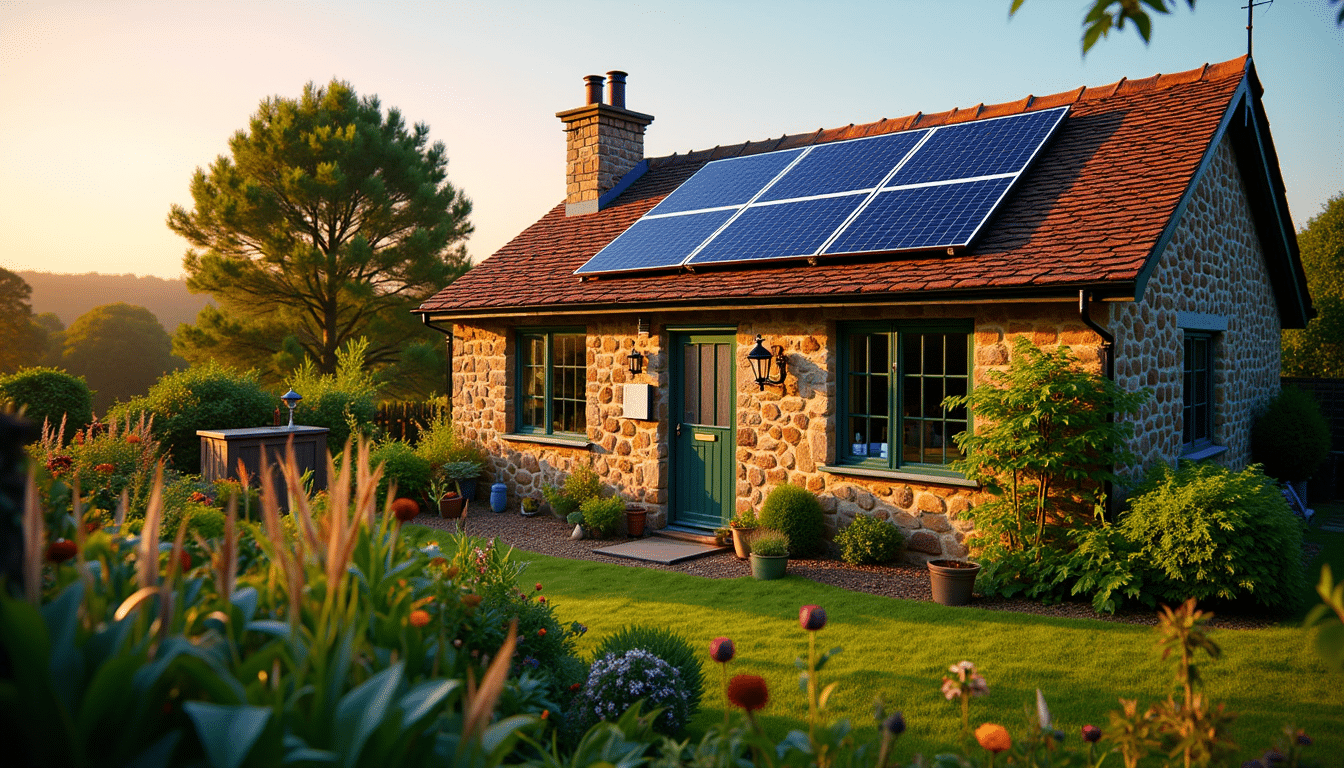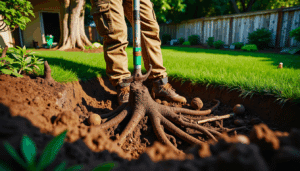1. Switch to a Renewable Energy Supplier
One of the most impactful changes you can make is switching to a renewable energy supplier. The UK has several providers offering 100% renewable electricity, including Octopus Energy, Bulb, and Ecotricity. According to the Energy Saving Trust, this single change could reduce your carbon footprint by up to 1.5 tonnes of CO2 per year.
If you’re a homeowner, you might also consider installing solar panels. While the initial investment is significant, the government’s Smart Export Guarantee means you can get paid for excess electricity you generate and export to the grid.
2. Improve Your Home’s Energy Efficiency
Making your home more energy-efficient reduces both carbon emissions and energy bills – a win-win situation. Simple measures include:
- Installing draught excluders around doors and windows
- Adding loft insulation (which can save around 950kg of CO2 annually)
- Switching to LED light bulbs (which use 75% less energy than traditional bulbs)
For more extensive renovations, check out our guide to eco-friendly home improvements that add value.

3. Reduce, Reuse, Repair
The manufacturing of new products is extremely carbon-intensive. Before buying something new, ask yourself:
- Can I repair what I already have?
- Could I buy this second-hand?
- Do I really need this at all?
Charity shops, Facebook Marketplace, and platforms like Freecycle are excellent resources for finding pre-loved items. When something breaks, try finding a local repair café or learning basic repair skills yourself.
4. Change Your Diet
Food production accounts for about 25% of global greenhouse gas emissions. To reduce this portion of your carbon footprint:
- Reduce meat consumption, particularly beef and lamb
- Choose local, seasonal produce
- Plan meals to minimise food waste
- Try growing some of your own vegetables and herbs
Even small changes make a difference – replacing beef with chicken just once a week can save around 300kg of CO2 equivalent per year. For more ideas, see our beginner’s guide to growing your own food.
5. Travel Smarter
Transportation is one of the largest sources of personal carbon emissions. Consider:
- Walking or cycling for short journeys
- Using public transport where possible
- Carpooling for regular commutes
- Switching to an electric vehicle when you next change cars
If you need to fly, consider offsetting your emissions through verified schemes, though remember that reducing flights altogether has the biggest impact.

6. Make Your Garden Carbon-Friendly
Gardens can be powerful carbon sinks. Improve yours by:
- Planting trees and shrubs that absorb CO2
- Creating a compost heap for food and garden waste
- Installing a water butt to collect rainwater
- Avoiding peat-based compost (peat bogs are crucial carbon stores)
Our article on creating a wildlife-friendly garden offers more tips that benefit both biodiversity and carbon reduction.

7. Choose Low-Carbon Banking
Many high street banks invest in fossil fuel projects. By switching to an ethical bank like Triodos or the Co-operative Bank, you ensure your money isn’t funding climate change. According to research by the campaign group Make My Money Matter, moving your pension to a sustainable fund can be 21 times more effective at reducing your carbon footprint than giving up flying, going vegetarian and switching to a renewable energy provider combined.
8. Reduce Water Usage
Treating and pumping water uses energy, so reducing water consumption lowers carbon emissions. Simple steps include:
- Taking shorter showers
- Installing a water-efficient showerhead
- Fixing leaking taps
- Only running full loads in dishwashers and washing machines
- Washing clothes at 30°C
9. Choose Sustainable Fashion
The fashion industry produces about 10% of global carbon emissions. To reduce your fashion footprint:
- Buy quality items that last
- Shop second-hand when possible
- Choose natural fibres over synthetics
- Wash clothes less frequently and at lower temperatures
- Support ethical brands that prioritise sustainability
10. Reduce, Reuse and Recycle Waste
The waste hierarchy reminds us that reducing and reusing are even better than recycling. Try:
- Using reusable shopping bags, water bottles and coffee cups
- Buying products with minimal packaging
- Composting food waste
- Recycling correctly according to your local council guidelines
In Yorkshire, we’ve seen a significant improvement in recycling rates, but preventing waste in the first place has an even bigger impact.
11. Make Sustainable Holiday Choices
Consider exploring the UK’s beautiful landscapes rather than flying abroad. The UK has stunning coastlines, mountains, and countryside that can be reached by train or bus. If you do travel overseas, consider slower travel options like trains for European destinations.
12. Support Local Businesses
Shopping locally reduces transport emissions and often involves less packaging. Farmers’ markets, local butchers, bakers, and independent shops typically have shorter supply chains than supermarkets.

13. Adjust Your Heating
Heating accounts for about 40% of the average UK household’s energy usage. Reducing your thermostat by just 1°C can cut your heating bill by about 10% and save significant carbon emissions. Use programmable thermostats and consider heating only the rooms you’re using.
For more heating efficiency tips, check out our guide to reducing winter heating bills.
14. Engage in Community Action
Individual actions are important, but collective efforts can create systemic change. Consider:
- Joining local environmental groups
- Participating in community energy schemes
- Engaging with your local council on climate policies
- Supporting relevant petitions and campaigns
15. Calculate and Track Your Carbon Footprint
Use a carbon footprint calculator like the one from WWF or Carbon Trust to understand your current impact. This helps identify the most significant areas for improvement and track your progress over time.
The Power of Small Changes
Living in Yorkshire has taught me that sustainable living isn’t about achieving perfection – it’s about making better choices where we can. Every small action adds up, especially when adopted by many people.
When I first moved to my cottage and started living more sustainably, I was overwhelmed by all the changes I thought I needed to make. But by focusing on one area at a time – first energy, then food, then transport – the journey became manageable and even enjoyable.
Remember that reducing your carbon footprint isn’t just good for the planet; many of these changes also improve your health, save money, and create a more satisfying lifestyle. The key is to start where you are, use what you have, and do what you can.
What step will you take first to reduce your carbon footprint? Even the smallest change makes a difference when we all work together for a more sustainable UK.
Ella Thompson is HomeWise’s Eco Living specialist, writing from her partially off-grid cottage in rural Yorkshire. When she’s not writing, she’s tending her vegetable garden or exploring low-impact living solutions.








